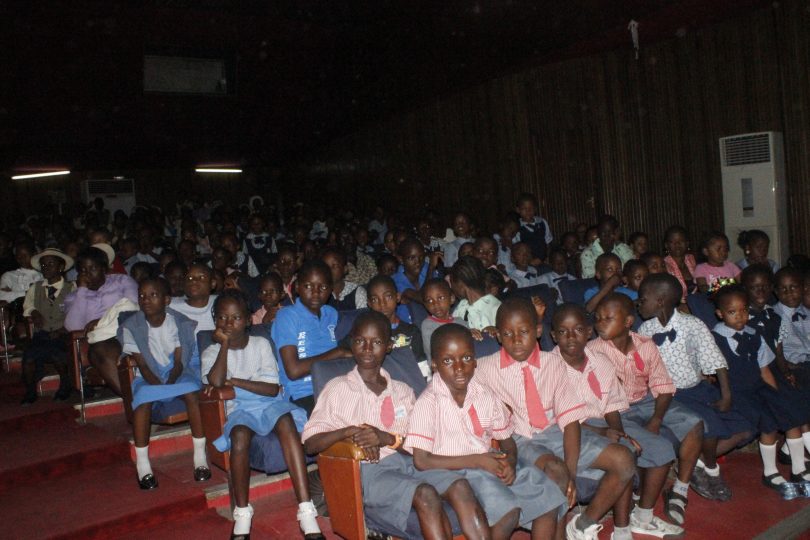Despite statistics showing violent crime is down in England and Wales, young people are bringing weapons to school because they feel unsafe.
The lethal stabbing of teacher Ann Maguire at a school in Leeds follows two surveys last week that suggested levels of violent crime are decreasing.
Both the Crime Survey for England and Wales and Cardiff University accident and emergency data drew that conclusion.
At the same time, however, a Sky News investigation last week found that more than 1,000 children have brought guns, axes, knives and other weapons into school over the past three years.
Aside from the fact that crime statistics are inherently patchy – and can often be interpreted to prove a myriad of conflicting points – these different accounts paint an interesting picture about how we perceive violence in our society.
Data from almost a third of hospital emergency departments found a 12 per cent fall in injuries from violent incidents in 2013. It was inferred that this drop meant there were less violence taking place. It was reinforced by the crime survey which showed that there had been a 22 per cent fall in violent crime in 2013.
Yet violence shows itself in many forms. For example, it is often experienced by adults and children. Sexual exploitation cases I have reviewed, for example, include accounts of young women with cigarette burns on their arms and bruises to their wrists and neck sustained during sexual assault – injuries that did not lead to a hospital visit.
Likewise, cases of domestic and sexual violence don’t always result in a hospital visit, although serious physical, emotional and psychological harm can occur. There is not just one type of violence – some takes place in public and some in private, some results in injury that requires medical intervention and some does not.
The crime survey has only included the views of young people aged under-16 from 2009, so it is still too soon to identify trends for this cohort, and the survey does not yet record sexual offences against young people.
Given that police statistics published this year recorded 13,090 sexual offences involving a child under the age of 13 in 2013, this is a serious omission.
Since young people have been included in the survey, it has found that 10 to 15-year-olds are more likely to be victims of violent crime than adults.
Perhaps this is why children, across 31 police forces, were found to have brought weapons into school, as a form or protection against violence that for them is a real fear. The fact that some young people feel unsafe in school warrants attention.
Few talked about going to hospital as a result of the fights that they had been in, but many spoke about the harm they had inflicted and experienced.
The Department for Education points out that schools can search pupils without consent, and can use expulsion as a sanction for carrying weapons. This response is likely to be reiterated following the killing of the Leeds teacher in a classroom. A knife was recovered from the scene. But this response is to the act of carrying weapons and not tackling its cause.
The lethal stabbing of a teacher is mercifully rare. Yet it must not stop us from listening to the words and behaviours of many of our young people.
For too many, their world remains a violent one. It will take far more than weapon searches, surveys and figures suggesting crime has fallen to make their world safe.
•Source: The UK Guardian








